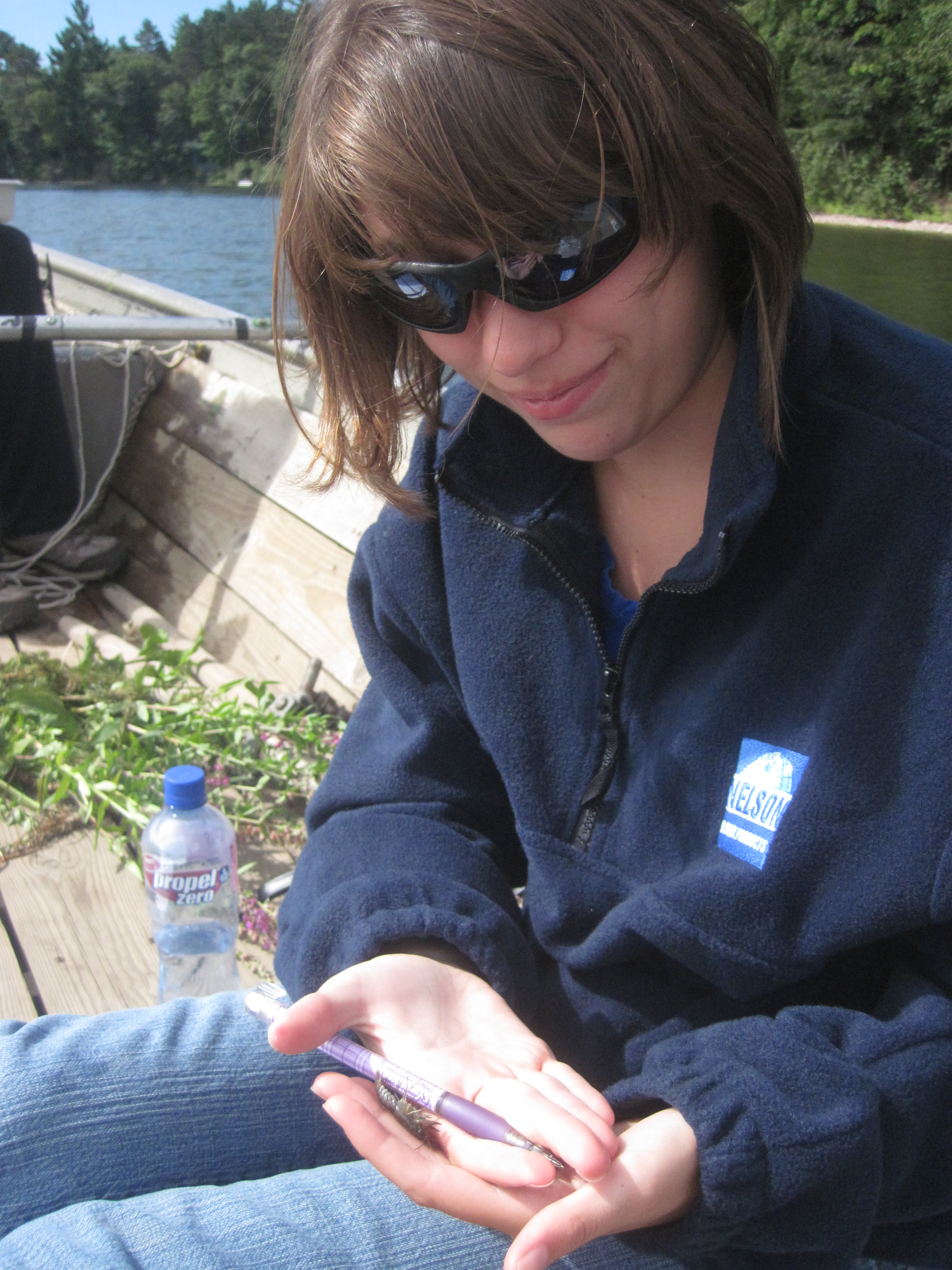Celebration of Scholars
Invasion Factors of Northern Wisconsin Lakes
 Name:
Katrina Punzel
Name:
Katrina Punzel
Major: Biology, Environmental Science
Hometown: Janesville, WI
Faculty Sponsor:
Other Sponsors:
Type of research: Senior thesis
Funding: Wisconsin Department of Natural Resources
Abstract
Lake ecosystems are valuable as a source of human resources by providing recreation and food. Because of the heavy use of lakes by humans, these lakes are also susceptible to invasive species. Understanding the success of invasive species can lead to new strategies of lake restoration and invasive control. Prior work has focused on two mechanisms: excess resources and interspecific facilitation. However, no model focuses on the interactions between these mechanisms in respect to lake ecosystems or on aquatic macrophytes. A third model, the resources/fostering model, encompassing both factors is proposed here. Data on water quality parameters and invasives species were taken from the early 1970s to the present and compared to the number of invasive species and the number of years since the initial invasion event in order to determine how to formulate the new model. The total number of invasive species present in a lake was found to significantly correlate with the length of time since the initial invasion event. Therefore, interspecific interactions may significantly affect invasion success in lake ecosystems. Further focus on the resources/fostering model should be on the trend of invasive species sequence and the specific interactions between the invasive species presented.
Submit date: Feb. 12, 2013, 12:27 p.m.
